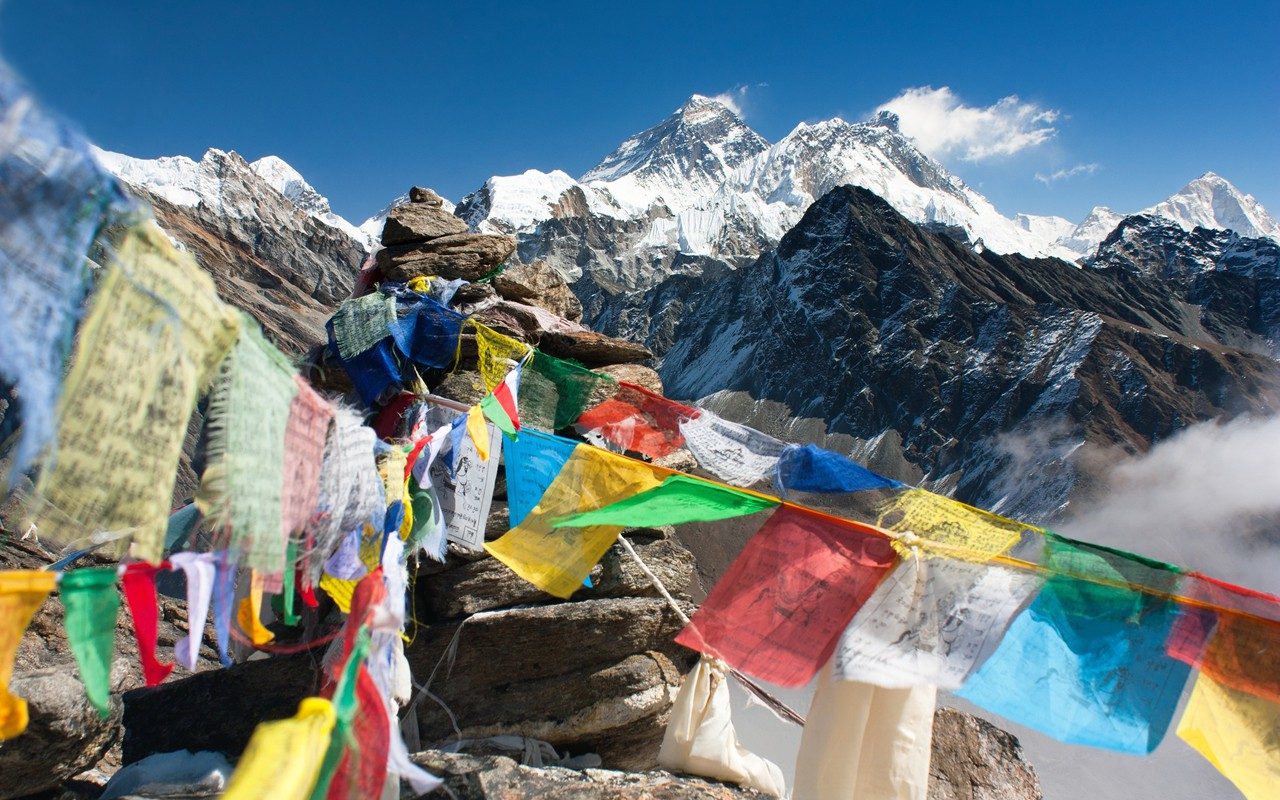
Every Buddhist teaching was transferred from India to Tibet in two stages: first by the Indian Padmasambhava (ca. 8th century) on whom the old tradition of the Nyingmapa is based, and then, around 300 years later, by Tibetans who had studied with Indian masters.
Four main schools developed in Tibet, beside the Nyingmapa the Kadampa (later called Gelupka), Sakyapa and Kagyupa. Each of these teaching traditions is distinguished by its own synthesis of philosophical theories and their practical application in meditation. The whole canon (Kangyur and Tengyur) was very accurately translated into Tibetan.
Typical for Tibetan Buddhism is the blending of monasticism with methods of Vajrayana. The various forms of meditation are connected with certain meditation deities personifying aspects of the Buddha nature.
The worship and visualisation of these deities is no magic act, no veneration of an externally imagined entity. It is rather a process of identifying particular aspects of Buddha nature with corresponding energies being experienced as a mental reality and an expression of potential enlightenment.
Sophisticated forms of tantric rituals began to develop to which many symbolic images (mandalas), gestures (mudras) and formulas (mantras) belong as well as their explanations according to the respective teaching system. The tradition of the Indian Mahasiddhas was continued, too, which is based on an exceptionally high and liberating perspective as taught in the traditions of Mahamudra and Maha Ati with the corresponding yoga practices.
In this way a big treasure of Buddhist wisdom with a multiplicity of methods accumulated in Tibet ensuring a complete and authentic transmission and tradition of Buddhism.
